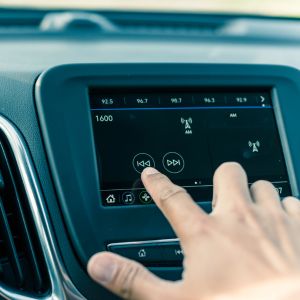
Earlier this month, SiriusXM announced an expanded deal with the Federal Emergency Management Agency (FEMA), aiming to enhance the connectivity of FEMA’s Integrated Public Alert & Warning System. The timing came as AM pins many of its hopes for a continued and lasting role in the auto dashboard on its EAS connectivity. So how does satellite compare to AM in case of an emergency?
The satellite broadcaster is required to relay only national EAS messages on its one free, open channel for advertising its own service, colloquially known as the “Barker Channel”. They do not relay National Weather Service alerts, nor anything from state or local public authorities. There has never been a national EAS alert, which are reserved for Presidential messages and mass catastrophes on the scale of nuclear events. Until now, all EAS messages are local, none of which SiriusXM carries. This limitation means SiriusXM cannot fully replace AM radio as the backbone of the EAS system.
Primary Entry Point stations play a crucial role in distributing messages to other stations. The vast majority of these are high-powered, hardened AM stations. AM PEP stations are monitored by other radio stations. SiriusXM does also act as a PEP in case of emergency.
Of course, in the event of a national emergency, there is approximately 10% of America that isn’t covered by AM radio. Satellite radio does have a wider coverage map, but it can be more adversely affected by terrain, like heavily wooded areas. Further, their signal can be blocked in areas where SiriusXM’s terrestrial repeaters are not available, such as valleys and obstructed horizons.
In the event of widespread power outages, SiriusXM repeaters would require generators and fuel reserves, similar to regular radio stations. However, the signal’s reach might be severely impacted if these repeaters ran out of fuel.
Although SiriusXM’s does offer service with FEMA, a deeper look reveals that AM radio remains crucial in emergencies, especially at the local level. Despite digital advancements, the robustness and accessibility of AM radio in emergencies underline its continuing importance in our lives.








